The beauty of embracing our differences

Our reason to be is to improve the quality of life of others, for the planet and for our fellow yoga practitioners. We celebrate the uniqueness of every person, allowing everyone to be themselves and find their way to listen and discover their potential.
This blog shows you examples of us using a prop in different ways. Some of these poses could seem 'wrong', but we need to remember there is no universal standard, and what suits one person might not suit another.
I want to encourage you to have fun trying different poses and explore your body's potential in a safe way. I want to emphasize listening to your own body. How many times a teacher has given a generic clue about a pose - but it felt awful in your body? One size doesn't fit all.
There are so many variables in our body, like the structural size of the bones, muscles, injuries, practising certain sports, or the food that we eat - they can affect how our bodies look or feel. So why are you comparing yourself to someone who has an entirely different lifestyle and physique from you?
Just be brave and turn the attention toward you and you only. How do you feel in the present moment when you are doing anything? Be mindful in your day to day and bring this to your practice.
Some of these poses could be done more actively, resting or changing where to engage or by changing where you distribute your body weight. At the same time, some of these poses can be done in a more restorative way - allowing the bolster to support the weight whilst you are relaxing and resting into it.
Warning: These pictures could be right or wrong for your body. They are just variations or ideas of how to use the bolsters, depending on which areas you are trying to protect and which areas of the body you are trying to enhance.
Variations of pigeon pose (Pada Rajakapotasana)
Pigeon pose is a hip opener, stretching your thighs, groin, back, piriformis and psoas. The leg extender to the rear gets the stretch of the psoas and the hip flexors. On the other side, the rotators and outer hip are stretched. It is an excellent antidote to sitting for long periods. In addition, it can prepare you for seated postures and backbends.
Photo one:
I use the bolster under the ankles for those who are comfortable in pigeon but want to find a bit more sensation in the hip flexors or quads. Some people find too much tension or discomfort on the ankles. So, this way, they can focus on resting that back leg rather than supporting the whole body.
Photo 2:
This pigeon pose is for people that have very open hips and want to find a way to enhance that sensation, supporting the knee and the front hip. This way, it helps you activate the back leg a bit more. You are making the hip flexors and psoas muscles support the body. This pose won't work if you don't activate the muscles as you go to an extreme hip opening, letting your body hang through the joint.
Photo 3:
In this variation of pigeon pose, the bolster supports the hip joints and allows you to take the pressure and the loading off the front knee. Some students complain about knee joint and also hip joints. This could be due to different reasons - like the structure of the bones, injuries, or perhaps tight muscles. This variation could help find a more centred pose while allowing the body to feel more supported without straining your muscles to the limit.
Variations of Butterfly (baddha konasana)
Butterfly pose can be done in a more active way or more restorative way, as both have benefits. On the active side of things is a pose that helps open the hips and stretches the inner thigh muscles. The pose strengthens and improves your posture, especially on the lower back. On the Yin or more relaxing side, it can help open the hips and release the tension in the inner thighs and spine.
Photo 1:
In this variation, you add the bolster on top of the legs. This way, you add extra weight or resistance to find more challenge. It could be used if your spine feels tight and you need a bit more support so you can lean your body weight onto the bolster.
Photo 2:
In this variation, where the feet are on top of the bolster, you could enhance the hip opening (only if your body structure permits that and if you are not in pain). It helps support the ankles, so if you are bonier around the ankles, it could bring some comfort to your pose.
Photo 3:
In this variation, we are using the bolster to pad up the knees. This is helpful for people that don't have a lot of rotation in the hips due to their bone structure - you are making sure that the knees are not taking the full load and over-rotate. You can also find this pose a bit more beneficial if you are trying to enhance your core strength and the stretch of the spine.
Remember that all these poses are just guidance. Have fun exploring your own body! If you are not sure about trying a new pose you should contact a teacher who will advise you on what is better for your body.
Do you have any poses that you want to share with us? Feel free to send us your favourite way to use a bolster :) or a pose that feels good for you, that you haven't seen anywhere else. We are here to embrace your uniqueness and support each other on our journey.




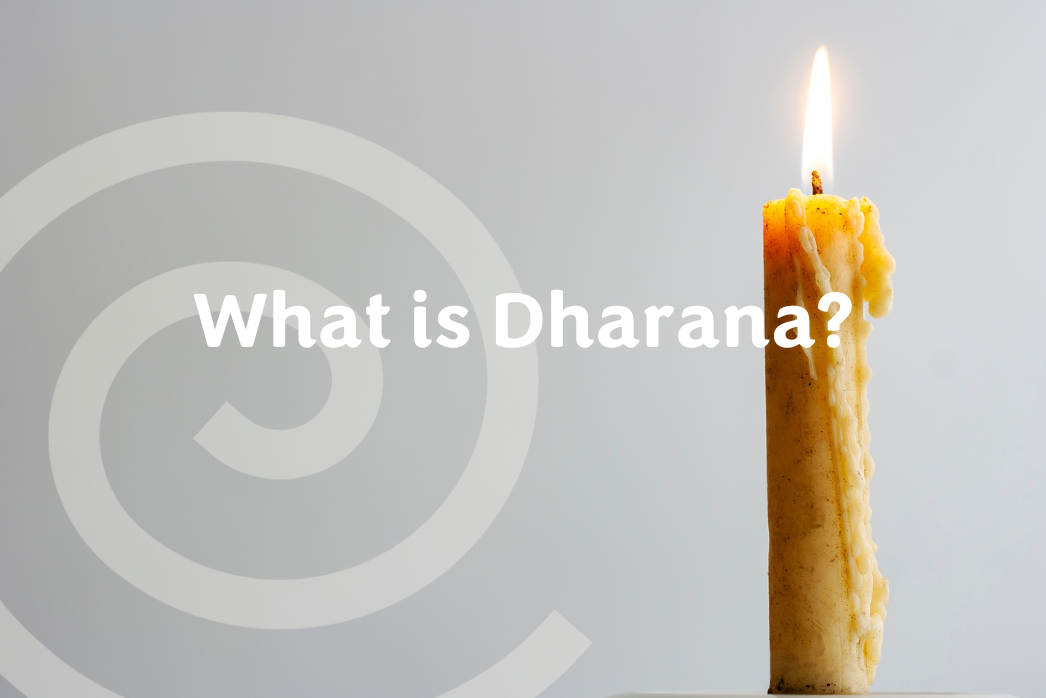
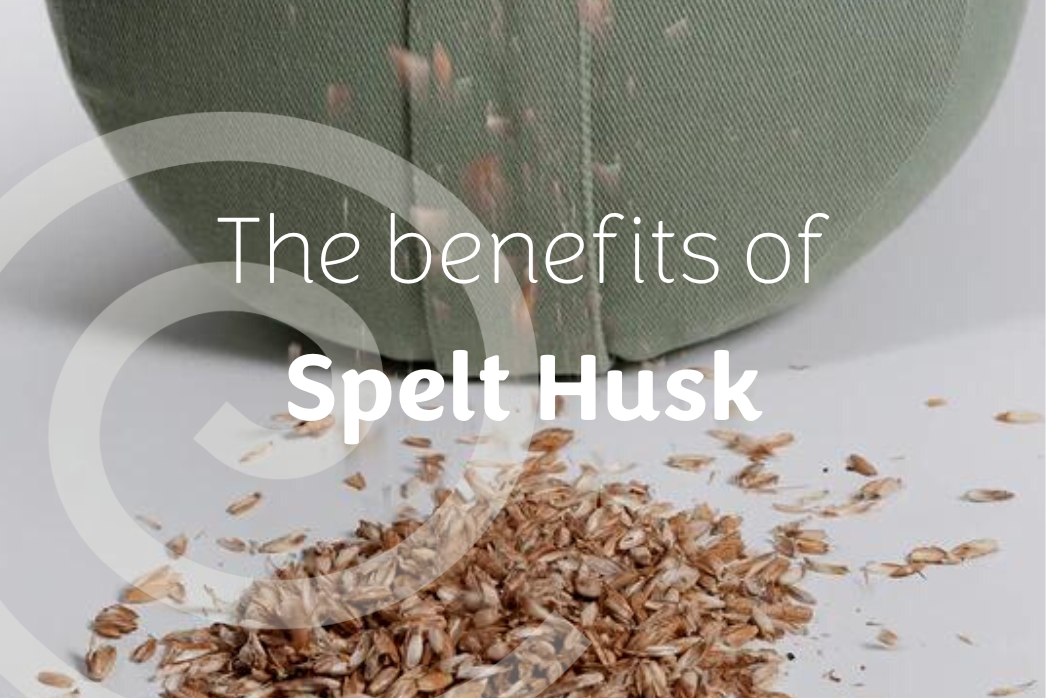
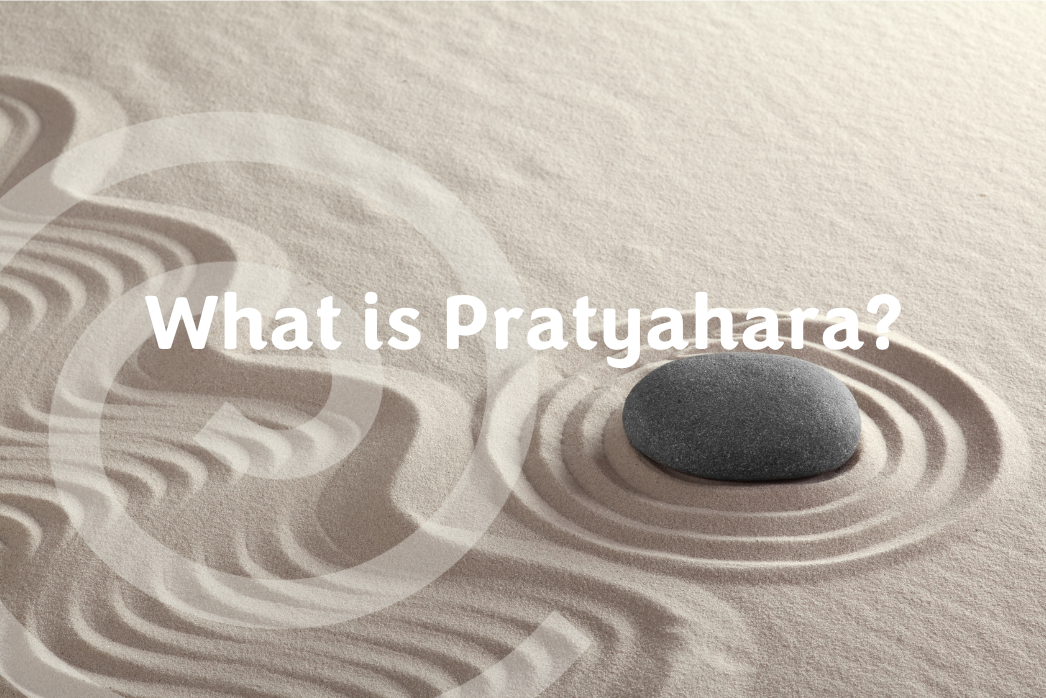
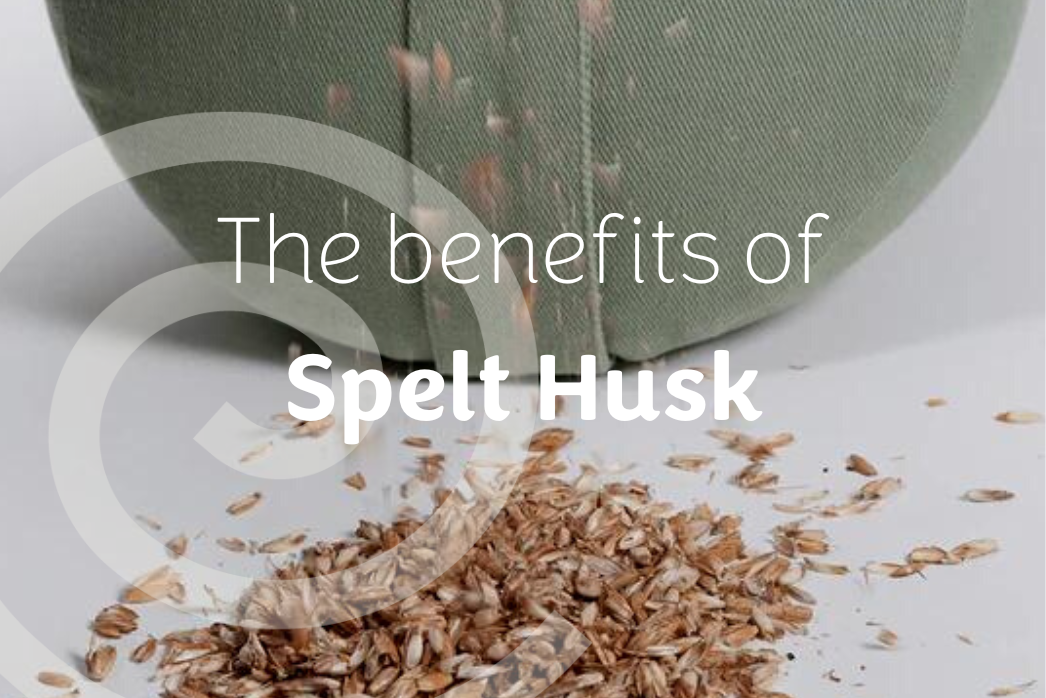
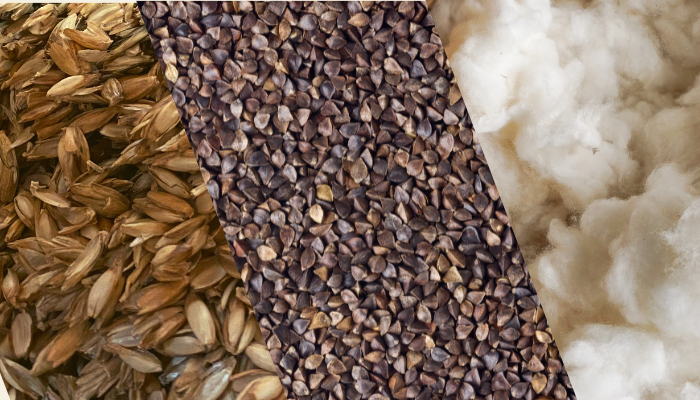
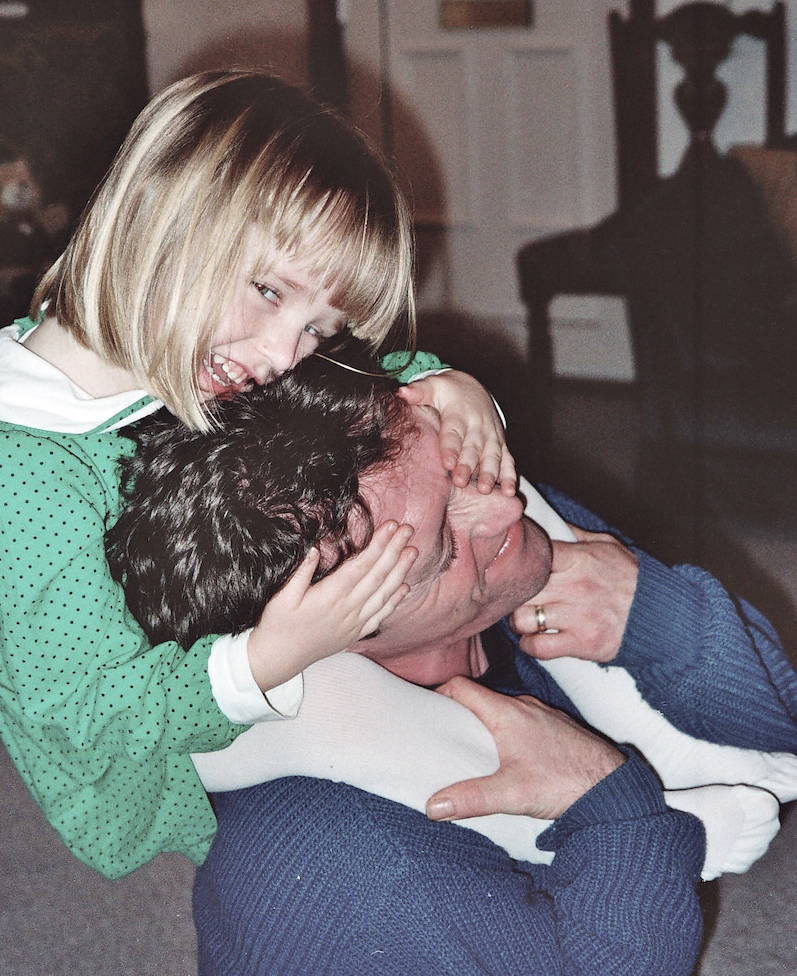
Leave a comment